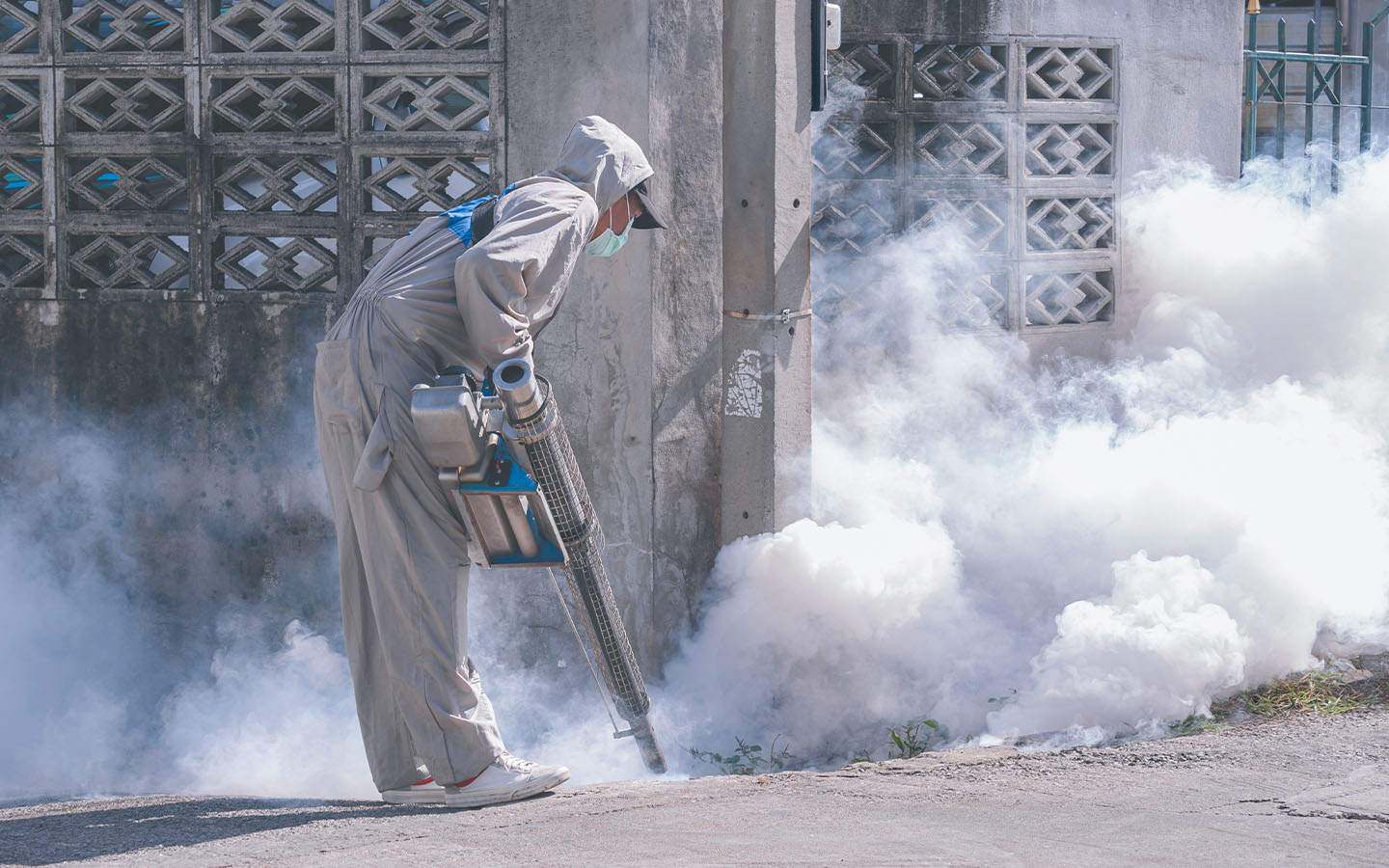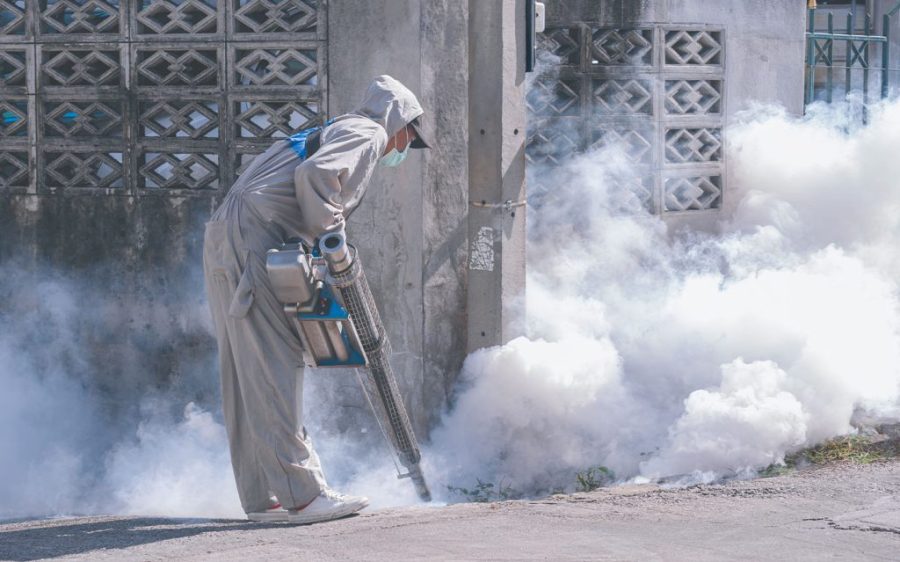Hong Kong health authorities have so far suggested no evidence of a transmission chain after confirming the city’s first locally acquired case of chikungunya fever, multiple media outlets report.
The patient, an 82-year-old woman living in the Diamond Hill district on the northern Kowloon peninsula, had no recent travel history and is now hospitalised in stable condition.
Senior health official Dr Edwin Tsui Lok-kin said the infection likely resulted from someone carrying the virus into Hong Kong and being bitten by a local mosquito, which then bit the woman.
As of Monday, having screened at least 450 residents in the surrounding area, Hong Kong health authorities were unable to identify any further cases. Active contact tracing, mosquito control and public education campaigns remain underway.
[See more: Here’s what to know about chikungunya fever, the disease that’s sweeping Guangdong]
Tsui described the current situation as “manageable” but not without risk. “There could be others still in the incubation period, or people who already have symptoms but did not visit a doctor because they were unaware of the symptoms of chikungunya,” he told reporters.
Chikungunya cases in the Greater Bay Area started spiking in July, with Foshan the epicentre of the regional outbreak. Macao recorded its first imported case on 18 July and first local case on 1 August. Guangdong remains the most impacted region, clocking 800 new infections last week.
The virus, spread by Aedes mosquitoes, causes fever, rash and joint pain. Vulnerable populations such as the elderly, infants, pregnant women and those with chronic illnesses face higher risks of severe symptoms. Chikungunya is not transmitted human-to-human.
Hong Kong authorities continue urging the public to drain stagnant water, maintain good environmental hygiene and seek medical advice if symptoms arise, even if mild, to help contain potential outbreaks.






